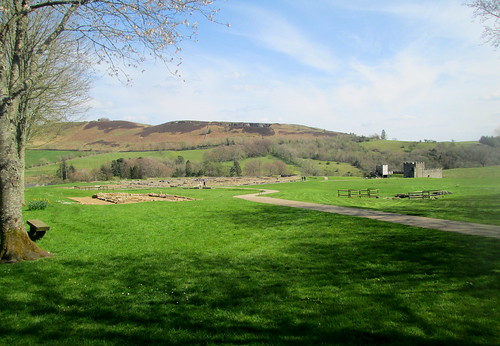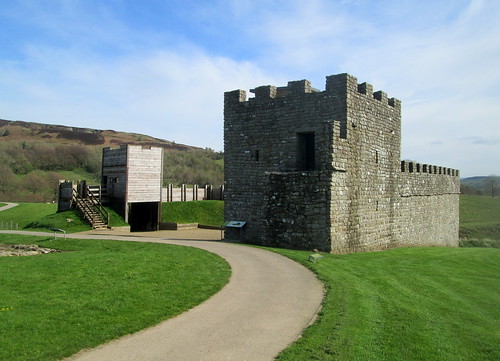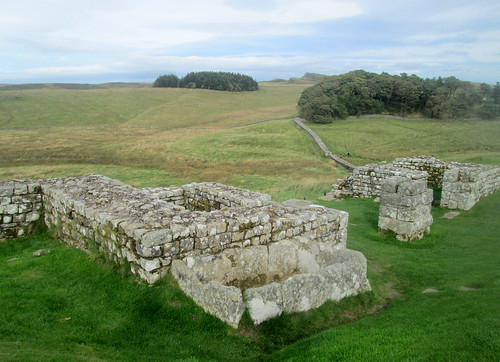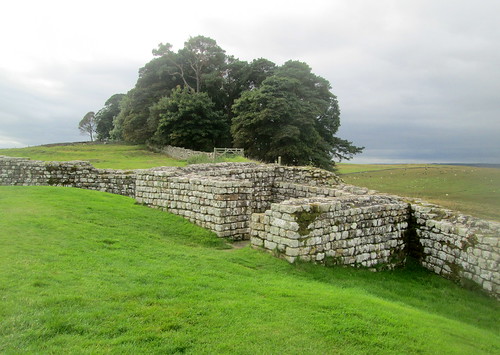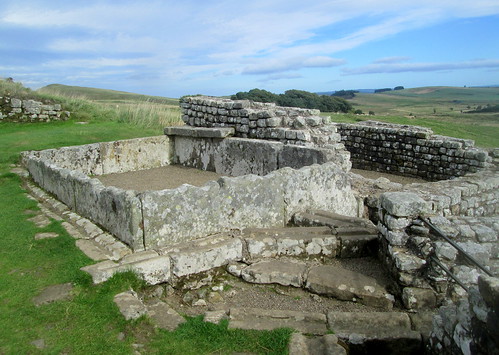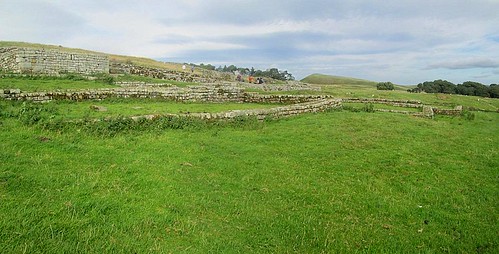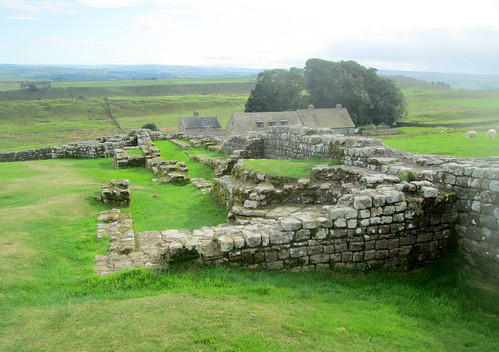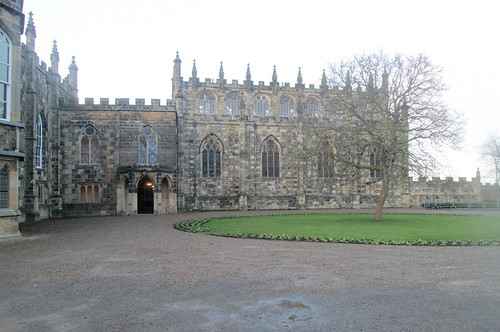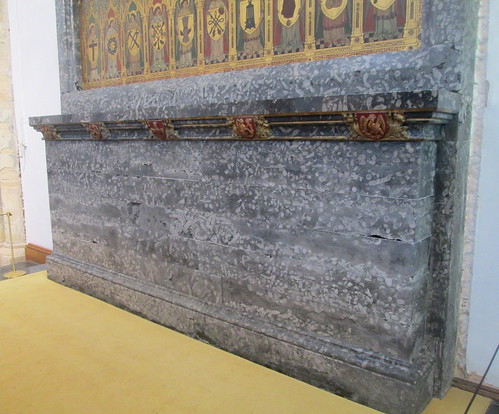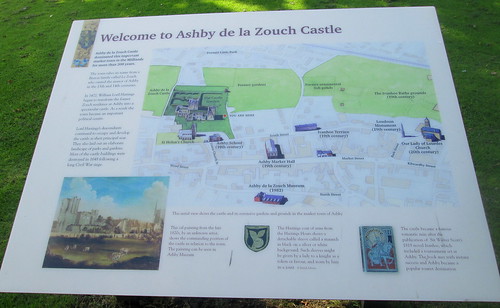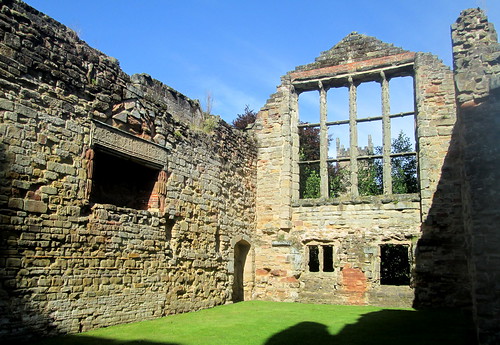Hamish Hamilton, 1956, 382 p, including ii p Bibliography and x p Index.
This book has been languishing on my tbr pile for decades. Quite why I left it so long I’m not sure but I’m glad now I picked it up. The author was clearly well versed in his subject. It is lucidly written and mercifully free of the alphanumeric soup of formation designations which tends to bedevil works of military history. This one focuses more on the personalities central to the story of Turkey’s involvement in the Great War – the Young Turks, Mustafa Kemal, Lord Kitchener, Winston Churchill, and the various commanders – as well as the details of the many military engagements which marked the Dardanelles enterprise.
The idea out of which the landings on Gallipoli arose came from Lt-Col Hankey, Secretary of the War Council, as an attempt to evade the impasse on the Western Front, where the Allies were neither advancing nor killing more Germans than British soldiers were being killed, by a flanking move through Turkey and the Balkans. Moorehead outlines the political manœvrings between Kitchener and Churchill (First Lord of the Admiralty) on the for side and Lord Fisher (First Sea Lord) with various others against. The issue would lead in the end to the break-up of Churchill and Fisher’s hitherto close friendship.
The aim of the operations was first, using obsolete battleships (whose loss could be borne) to force a passage of The Narrows, a pinch point between the Dardanelles and the Sea of Marmara, and then, on to Constantinople in the hope of prising Turkey out of the war. The initial solely naval effort to do so having foundered on an undetected minefield, plans were made for an amphibious landing (actually two) to take the Gallipoli peninsula and protect the flank of a further naval expedition though the Narrows. This amphibious landing was the biggest in history up to that point. It was planned in three weeks. (Compare Operation Overlord in 1944, which took nearly two years to prepare.)
Turkey had recently suffered a series of military humiliations in the Balkan wars of the early Twentieth Century, leading to the Young Turks seizing control of the government. Their hold was precarious though, and another defeat might have brought their downfall. The withdrawal of the Royal Navy, seen as all-powerful, and its French counterpart after their initial setbacks led to an upsurge in Turkish confidence and, Moorehead goes on to say, acted as a trigger for Turkish resentment to find for itself a target in its minority (and Christian) Armenian population upon whom the government thereupon instituted a policy of genocide – murder, rape (Moorehead uses the words “molest women” the first time he deals with this but the more accurate term later) and forced migration amounting to a death march. The strong implication is that without the Allied ships’ withdrawal the persecution of the Armenians would not have occurred.
The Great War in general was a catalogue of lost opportunities or doomed attempts to follow up early success. Moorehead says that over Gallipoli in particular hung a peculiar lethargy, a miasma of indecision. The one exception to this was Mustafa Kemal, who would come to be known later as Kemal Ataturk and who twice, in the hills above Anzac during the first landings and again near Suvla Bay for the later one, managed to be by happenstance in the correct spot to appreciate the danger for the Turks inherent in the situation and to forestall Allied progress. (Some idea of his desperation and borderline fanaticism is that one of his orders at Anzac read, in part, “I don’t order you to attack. I order you to die.”) None of this excuses the failure of General Stopford, commander at Suvla, (with his insistence, the weariness of his men notwithstanding, that no advance could take place without artillery support) to understand there were no Turkish entrenchments there which required such an insurance, nor of overall Commander Ian Hamilton to impress upon Stopford the necessity of quick movement into the hills when briefing him in the first place.
Moorehead is good on the conditions endured by the troops – not least the depredations ensured by the infestations of flies as summer approached, landing on food as soon as it was uncovered so that no mouthful was without its insect accompaniment – and their diverions when no fighting was taking place. With dead bodies and excrement also prevalent it is no surprise that dysentery was soon rampant among the soldiers – even the headquarters staff. British soldiers’ rations were almost entirely of bully beef, whose fat melted in the can, supplemented by plum and apple jam, with no vegetables to vary the diet. By contrast any army officer invited aboard one of the ships – away from the flies, the lice and the smell of death and decay – marvelled at clean linen, glasses, plates, meat, fruit and wine. (Of course, on land there was a decent prospect of surviving a battle; but if a ship went down you most likely drowned.)
As a precursor to Turkey’s entry into the war, and without their say, so the Germans had mined the Dardanelles (obstruction of which was an act of war) so blocking the vast majority of Russia’s exports. Russia’s grain and other exports piled up in the Golden Horn before their ships had to sail back to Russia. When the time was ripe once more to reopen trade the Revolution in that country had removed (the now Soviet) interest in the trade. According to Moorehead (at time of writing in 1956) that pre-war trade through the Dardanelles had never revived in the forty years since.
One of the aspects of the Gallipoli battles I had not realised before was the extent of submarine operations. Several British submarines penetrated into the Sea of Marmara and devastated Turkish shipping there. One submariner even swam ashore to blow up an important railway line. German submarines – easily able to access the Mediterranean through the Straits of Gibraltar as no technology then existed to detect or prevent them – managed to torpedo some Allied warships.
The campaign saw military innovation on a large scale: as well as the experimental use of submarines and aircraft, radio, aerial bombs, land mines and other new devices, it trialled the firing of modern naval guns against shore artillery and the landing of soldiers by small boats on an enemy coast. But the story is mainly of opportunities missed and
Nevetheless it may have continued for much longer (and Moorehead suggests even succeeded in its aims) had not the Australian journalist Keith Murdoch arrived and witnessed the danger and squalor in the dugouts, the sickness, the monotonous food, the general depression. Despite being only a few hours at the front, in collaboration with the only British journalist Kitchener had allowed on the expedition, Ellis Ashmead-Bartlett, he planned to bypass the usual channels and break the agreement not to send reports without submitting them first to the censor at headquarters. His private letter to the Australian Prime Minister reached the eyes of Lloyd George (by now UK Prime Minister) who himself bypassed official channels by circulating it directly to the Dardanelles Committee without first asking Hamilton for his comments. The man sent out to take over from Hmailton and assess the situation for himself, Lt-Gen Charles Monro, already firmly believed that the war could only be won on the Western Front by killing Germans, Turks did not count.
Thus was set in train the process, sanctioned in the end by a visit from Kitchener himself, which led to the withdrawal of troops, at first only from Anzac and Suvla. That this was accomplished without the Turks getting wind of it – at Anzac the opposing lines were in places no more than ten yards apart – and with no loss, with the help of the famous improvised device of the self-firing rifle using dripping water from a can to fill another attached to the trigger or fuses and candles to burn through string and release a weight, in retrospect still seems astonishing.
That left only the beachhead at Cape Helles, upon which the German commander of the Turks, Liman von Sanders, unleashed a delayed attack accompanied by the heaviest artillery bombardment of the campaign on the now depleted British force the day before the final 17,000 troops were to be taken off. The British fire in response, perhaps inspired by desperation, was so devastating that the follow-up Turkish infantry refused to charge – something rarely seen before on the peninsula. This repulse convinced von Sanders that there would be no further British evacuation, but of course there was. Yet again the withdrawal was completed in the utmost secrecy and highly successful. Despite widescale destruction of supplies as the withdrawal took place the booty of food, weapons and ammunition retrieved from Cape Helles by the Turks took two years to clear up.
The hopes of those who advocated withdrawal never came to fruition, none of the troops from Gallipoli (save the Anzacs) were ever sent to the Western Front. Many more than had landed on Gallipoli were posted instead to the Salonika front or drawn into the long desert campaign against Turkey in Sinai and Palestine. Towards the end of 1918 plans were even well advanced to try again to force the Narrows by ship but were pre-empted by the Armistice.
While never neglecting the other side of the argument Moorehead’s position on the Gallipoli campaign is clear throughout the book; that its objective was worthwhile, and achievable, that its success would have shortened the war, given succour to Russia and even prevented the Revolution there and so given history a different direction.
A cruel comment on the whole business is that no special medal was awarded to those who took part.
Pedant’s corner:- “England” or “English” are used extremely often as the descriptive term for the UK or British respectively, which last also of course encompassed Empire/Dominion troops. Otherwise; Novorossik (Novorossiysk,) De Robeck (at the start of a sentence x 2. The man’s surname was de Robeck, the capital ‘D’ is therefore erroneous,) Keyes’ (several times; Keyes’s,) “on the tide” (this was in the Mediterranean. I always understood that the Mediterranean had very little in the way of tides,) “for all the control exercised on then” (on them,) Liman von Sanders’ (von Sanders’s,) thtat (that,) d’Oyly-Hughes’ (d’Oyley-Hughes’s,) commandos (these didn’t exist in units called such until World War 2,) Xerxes’ (Xerxes’s.) “At the the front” (only one ‘the’,) “rising to a crescendo” (a perennial favourite, this; the crescendo is the rise, not its culmination.)


 As its title implies the book concentrates on the sea fights in which Horatio Nelson took part. While some details of his life outside the navy are mentioned these are very much by the way as far as Warner is concerned as they did not impact on Nelson’s conduct at sea. Warner contends that it was Nelson’s victories that made the winning of the Napoleonic Wars possible. Without British sea superiority Napoleon could have threatened India or even invaded Britain. He certainly had plans to do so if the Royal Navy were to be neutralised. Though Warner does not mention it the prosecution of the Peninsular War would also have been impossible without British control of the seas.
As its title implies the book concentrates on the sea fights in which Horatio Nelson took part. While some details of his life outside the navy are mentioned these are very much by the way as far as Warner is concerned as they did not impact on Nelson’s conduct at sea. Warner contends that it was Nelson’s victories that made the winning of the Napoleonic Wars possible. Without British sea superiority Napoleon could have threatened India or even invaded Britain. He certainly had plans to do so if the Royal Navy were to be neutralised. Though Warner does not mention it the prosecution of the Peninsular War would also have been impossible without British control of the seas.
